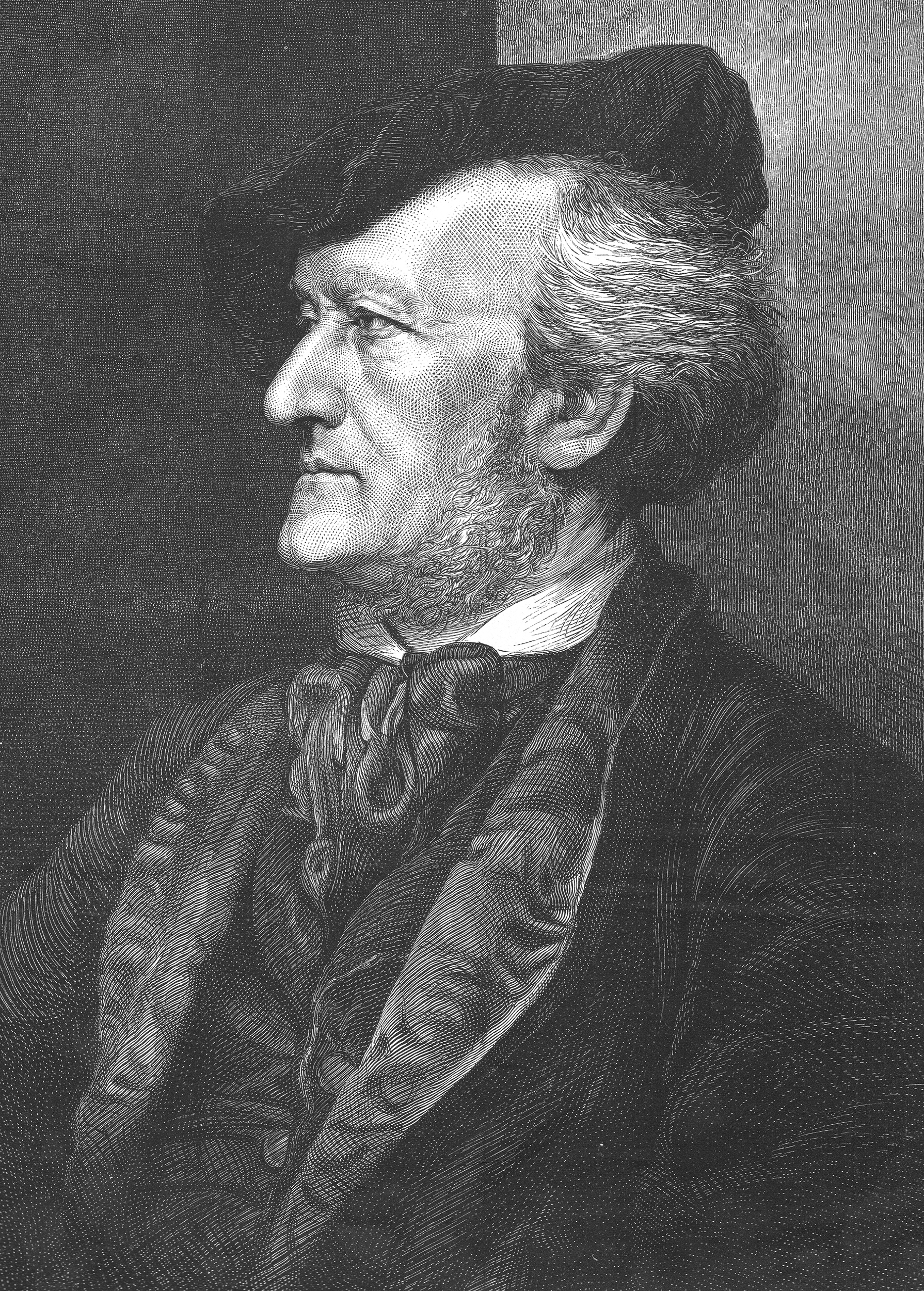Flying Dutchman, The, is an opera by the German composer Richard Wagner. The composer also wrote the opera’s libretto (text). Wagner based The Flying Dutchman on a European folk tale. The opera was first performed in Dresden, Germany, on Jan. 2, 1843. The title of the opera in German is Der fliegende Holländer.

In the folk tale, the Flying Dutchman is the captain of a ghost ship. He has been cursed to sail the ship eternally, never reaching port. Numerous variations of the tale exist. Wagner based his story partly on Aus den Memoiren des Herren von Schnabelewopski (translated as the Memoirs of Herr von Schnabelewopski), a work by the German author Heinrich Heine. Wagner revised the music following the opera’s premiere, and the new version was first presented in 1852. The Flying Dutchman is most often performed in a final revised version that Wagner made in 1860.
The Flying Dutchman is set in a Norwegian fishing village and the nearby rocky coast during the 1700’s. In the first act, a strange-looking vessel appears during a storm. The captain is the Flying Dutchman. Under the terms of the curse, he is allowed to leave his ship for land once every seven years. If he finds a woman who will love him faithfully, the curse will be broken.
Senta, the daughter of a Norwegian sea captain named Daland, falls in love with the Dutchman. But near the end of the opera, the Dutchman is led to believe that Senta has betrayed him and sails his ship into the open sea. In despair, Senta throws herself off a cliff. Upon Senta’s death, the curse instantly is broken. The opera ends with Senta and the Dutchman rising together toward heaven. The musical highlights of the opera include the overture, a monologue sung by the Dutchman in Act I, Senta’s ballad “Johohoe!”, and a duet between the Dutchman and Senta in Act II.
See also Flying Dutchman; Wagner, Richard.
